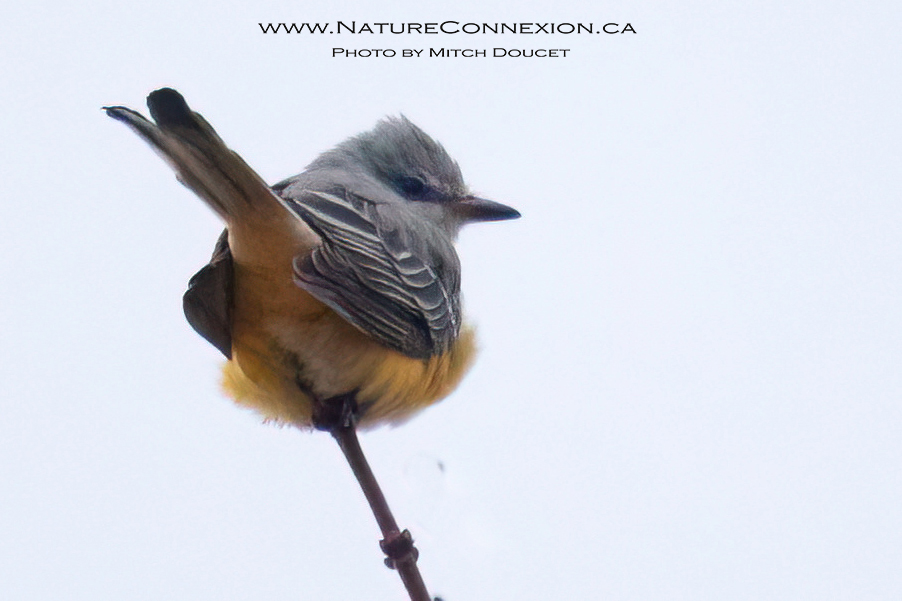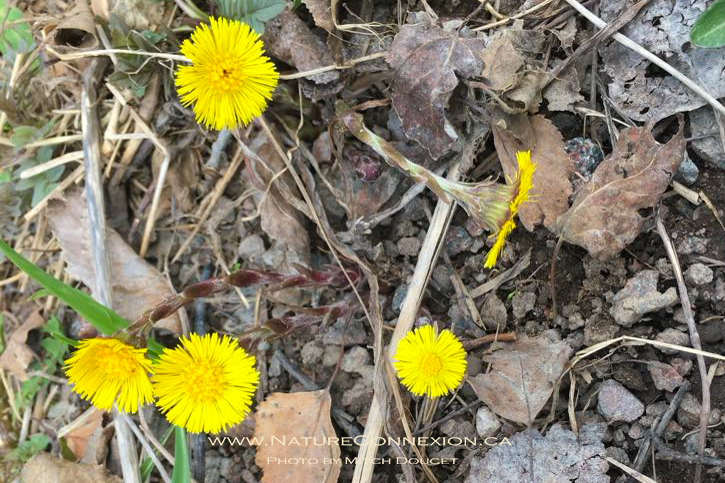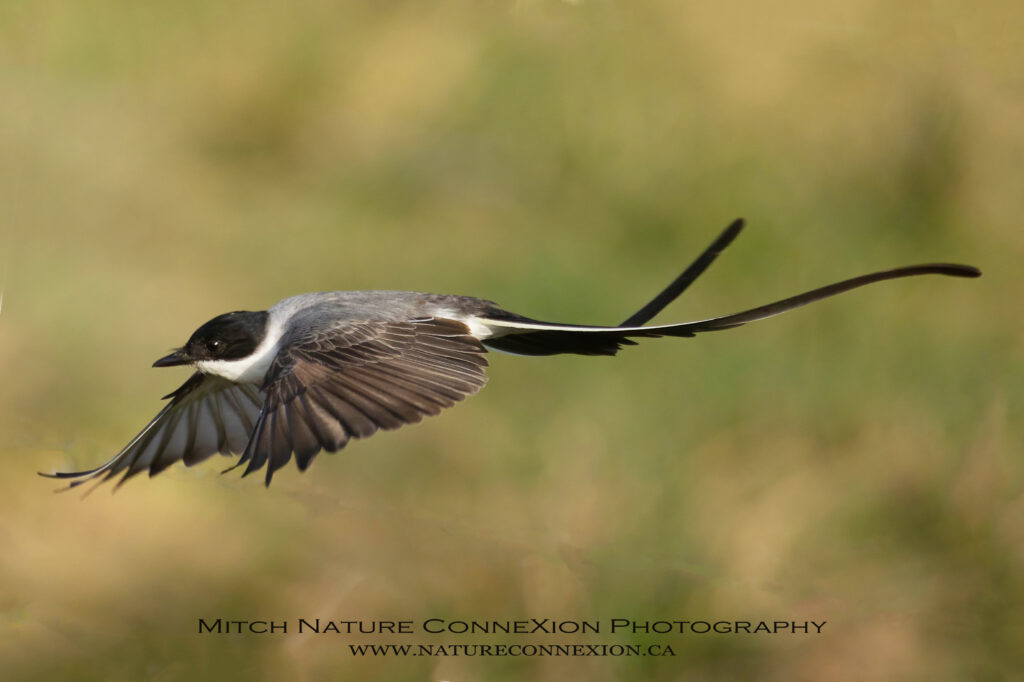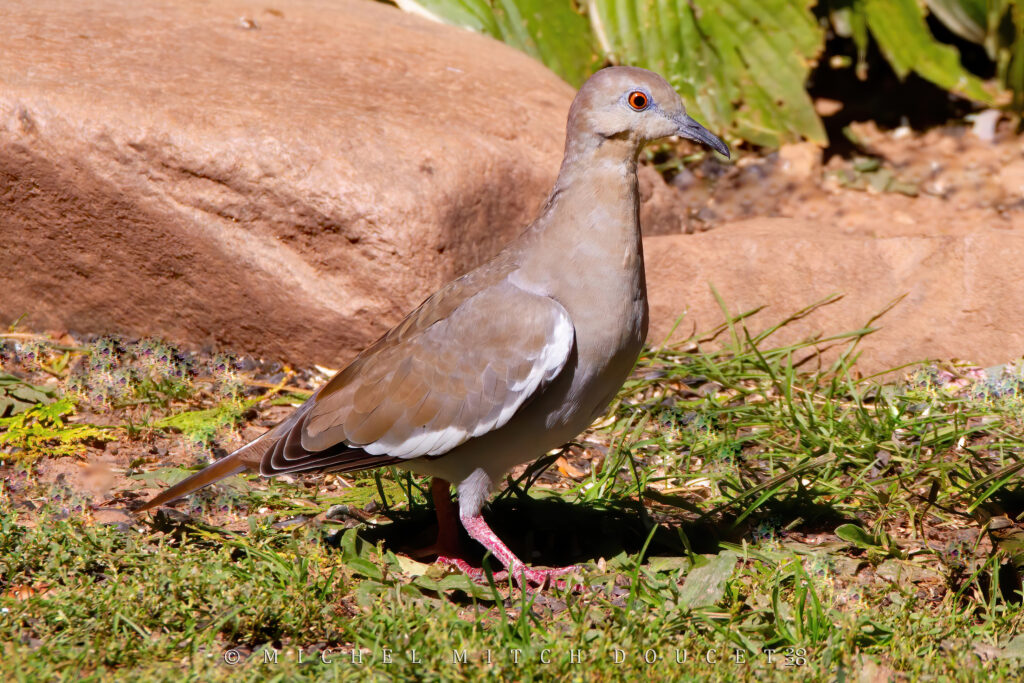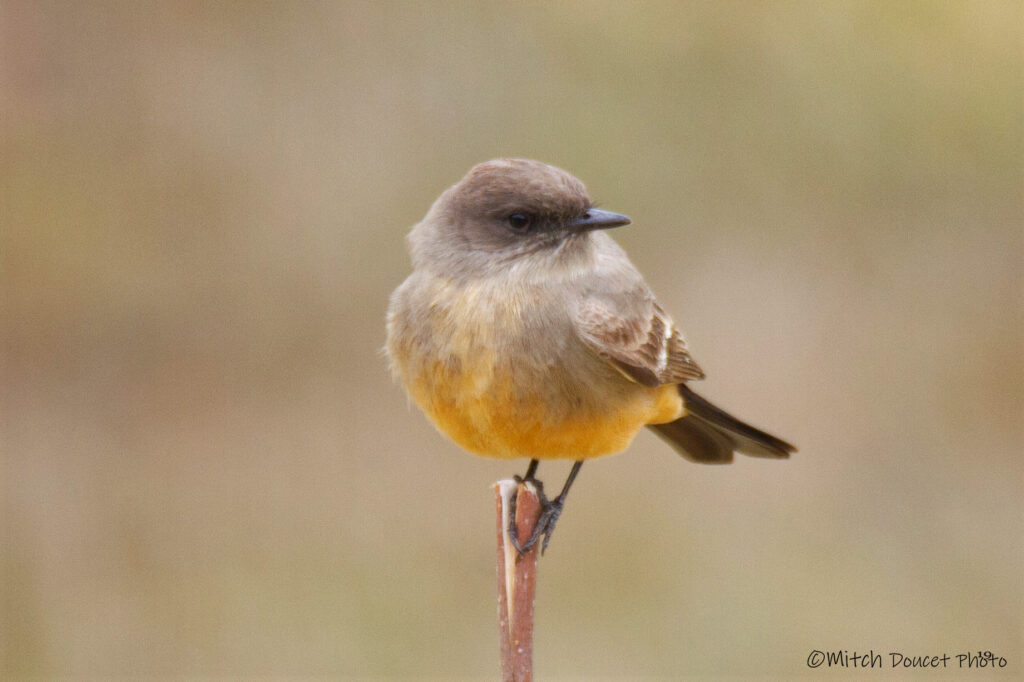Irene’s Nature Blog
Subscribe to Nature Connexion Blogs & Newsletter
Please enter your comments, questions, or feedback below, Thank you!
About this blog
We’re not casual birders dusting off our binoculars from time to time. We do surveys, bird counts, and teach others, we are citizen scientists who share our observations on Ebird and we travel to see them.
When we go birding together, Mitch and I take it seriously! Our devotion to their conservation is a priority.
Nothing equals the feeling of seeing a bird for the first time. To observe these beauties living freely in their natural habitats is priceless! To see their behavior, and watch them foraging, playing and dancing is our passion.
When we first began we would quiz each other during road trips. We bought books and studied. Mitch and I have been able to view and photograph most of the common birds in our province within a few years.
That means we saw 300 birds across the province, most of them in all their habitats, and got to know them well in an ethical manner. In the birding community, in order to be considered “a real birder” you need to have seen most of the birds that are native to an area and a few vagrants.
Most birders that reach that number of birds have a sculpture or momento made to represent that milestone. This is the reason why most birders have running tallies of bird species observed. We call them life lists. A “lifer” is a bird we have never seen before. We’ve seen them, studied their descriptions, habitats, behavior, their songs, and can recall when and where we have seen most of them.
Now when the opportunity for a rare vagrant one arrives we are there in a heartbeat. I have a birding bag at the ready for the next rare bird. I can be out of the house within minutes, drive across the province, and stay all day to see a bird. I keep a change of clothes, sunscreen, basic medication, snacks, a water bottle, and cans of tomato juice along with binoculars and books.
When we learn about a new bird, we like to read about it on the road. When I research birds, I like to read and find as much data about them as possible about them. Unfortunately, I have to surf different sites to find out everything. When I share my findings I want you to learn what I’ve discovered all in one spot plus I add my personal account of the sighting in my own quirky way.
This is why my blog posts cover the following topics for each bird I write about. Scientific classification Common name of species Date observed Provincial records of sightings Introduction Description: Height Weight Approximate age Markings Usual characteristics of the species viewed Feeding habits observed Typical diet Native Range: adapted to urban setting? Habitat First observed by Behavior Vocalisations Migration journey and behavior (range, flocking) Past information Pollinators Breeding range Monogamous or not? Nesting area/habits Nest building (shape, size, materials used, involvement males/females) Eggs Broods Incubation time Feeding nestlings Fledging times Feeding fledglings Conservation status Thank you for joining us on our feathered adventures!
Irene and Mitch
Scissor-tailed Flycatcher (Tyrannus forficatus)
To my eye, this robin sized bird was a fluffy grey and yellow sight to behold in the chilly autumn evening light.
Coltsfoot (Tussilago farfara L.)
Other common names: Coughwort, Hallfoot, Horsehoof, Ass’s foot, Foalswort, Fieldhove, Bullsfoot, Donnhove, Ale Hoof and the French Pas d’Âne
Northern Cardinal (Cardinalidae)
St. Andrews. – 2016-07-26
The cardinal is one of the most loved and easily recognized birds due to its magical colors and its role in mythology and literature throughout the centuries.
Fork-tailed Flycatcher (Tyrannidae)
Sackville, NB, Canada – 2023-10-28
Tyrannus Savana (Daudin 1802) I liken this bird to a sky dancer. A lovely ballerina: a jeté here, a pirouette there, and balancing gracefully when perched with his impressive tail bobbing in the strong breeze
White-Winged Dove (Columbidae)
Dieppe, NB, Canada (Backyard) – 2023-09-24
Zenaida asiatica is migratory pollinators and are important to the saguaro cactus in desert areas because they help disperse seeds through either feces or by regurgitating to their young.
Quaco Head Lighthouse, Saint Martin. – 2023-09-18
Sayornis saya is a passerine bird in the tyrant flycatcher family It is common across western parts of North America
